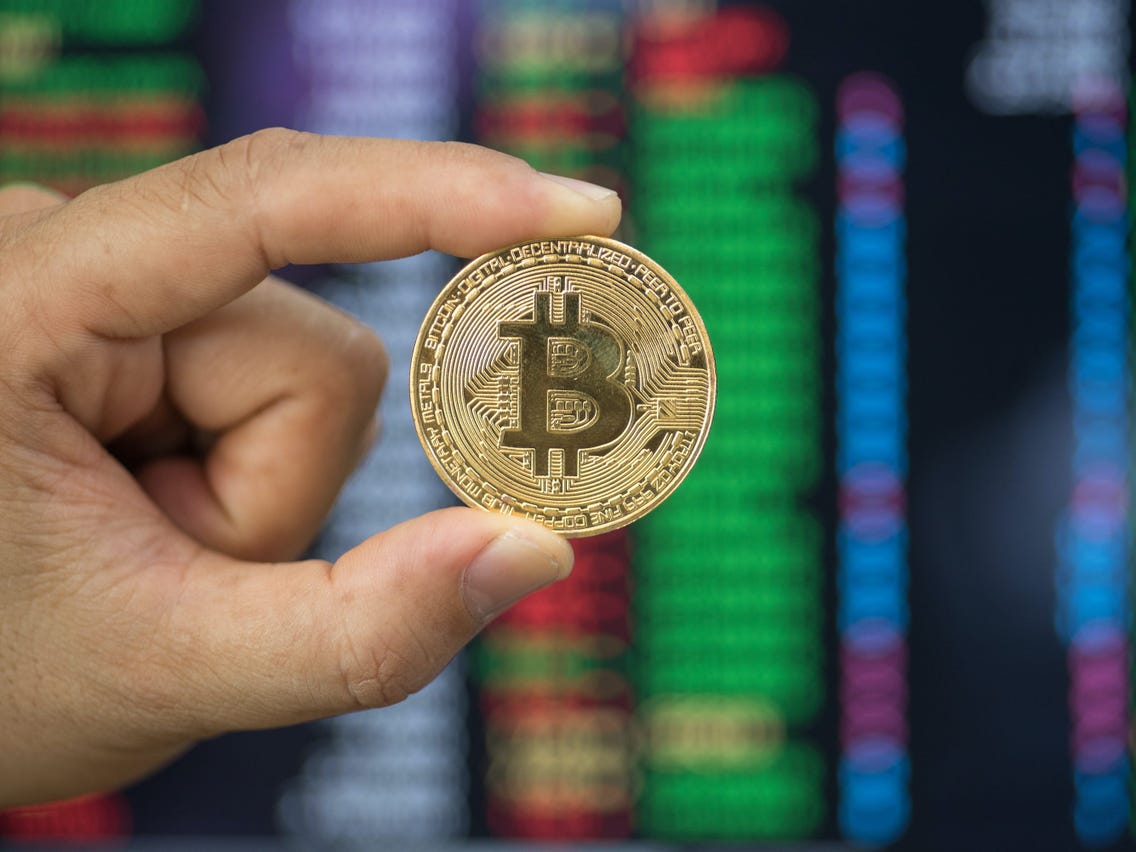
At the time, many people scoffed at Bitcoin and argued that it could never be used as a traditional currency or as a long-term investment. But if you took a different view and bought a hundred Bitcoins for $ 100 that year, your investment would be worth $ 4,32 million today.
How did Bitcoin silence the critics?
When Bitcoin was created, the idea of using computer chips to mine a digital currency seemed outlandish and absurd. But in practice, it wasn't much different from using industrial machinery to mine precious metals.
Just like gold, Bitcoin is a finite asset. As more Bitcoins are mined, it becomes more and more difficult and less convenient to mine new Bitcoins. In the early days, Bitcoin could be mined with high-end PC graphics processing units (GPUs).
But today, Bitcoin cannot be effectively mined with regular GPUs due to the time and energy required to mine a single Bitcoin. Instead, expensive devices known as application specific integrated circuits (ASICs) are now required to mine a steady supply of Bitcoin. However, the same economic logic applies to Bitcoin and precious metals: Miners can only make money if the costs of machinery and labor do not exceed the market value of the metal.
Furthermore, the Bitcoin algorithm limits its production to 21 million Bitcoins. It is commonly estimated that the latest Bitcoin will be mined by 2140.
As more and more people have grasped these concepts, they have begun to value Bitcoin as an asset alongside gold and other precious metals. Additionally, Bitcoin's anonymity and transaction security, which is enabled by a distributed ledger technology called blockchain, has also made it an attractive alternative to fiat currencies for financial transactions. A growing number of investors have also begun to promote Bitcoin as a potential hedge against inflation.
The future of Bitcoin
After Bitcoin reached parity with the US dollar, more investors, analysts, entrepreneurs and even governments jumped aboard the bandwagon.
Bitcoin mining companies like Marathon Digital (NASDAQ: MARA) and Riot Blockchain (NASDAQ: RIOT) have appeared, cryptocurrency exchanges like Coinbase (NASDAQ: COIN) have grown, and the first Bitcoin exchange-traded funds (ETFs) have hit the market.
Bitcoin evangelists like Jack Dorsey and Mark Cuban have sparked even more enthusiasm from traditional investors as a growing number of retailers have begun to accept Bitcoin as a payment option. El Salvador even became the first country to officially accept Bitcoin as legal tender last year.
ARK Invest's Cathie Wood recently predicted that the price of Bitcoin would reach $ 560.000 by 2026, which would make your initial $ 100 investment worth $ 56 million. Wood believes Bitcoin can achieve this high price target if all institutional investors only allocate 5% of their wallets to cryptocurrency.
